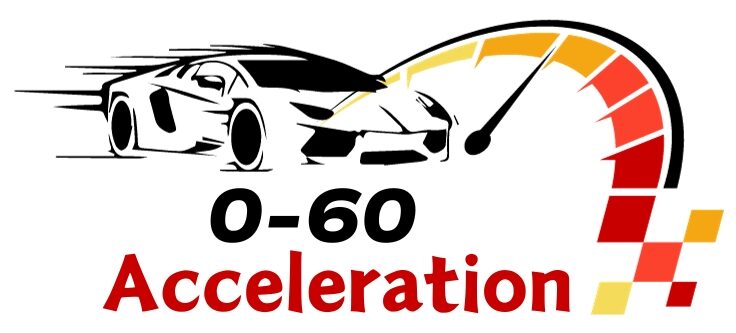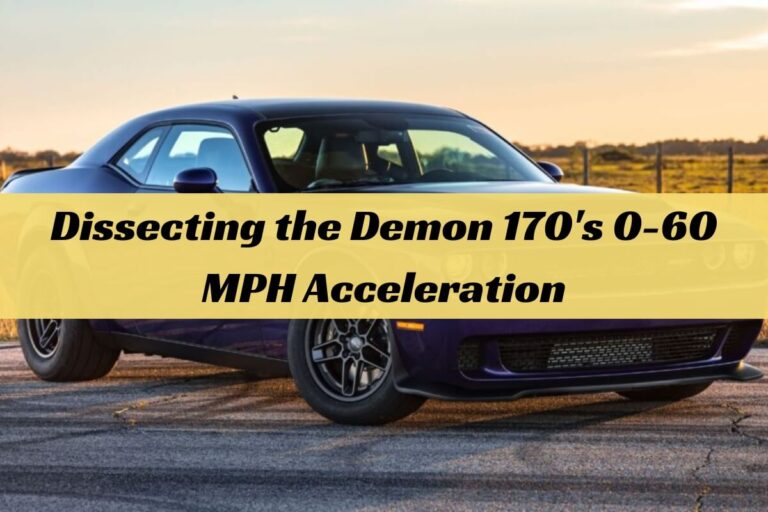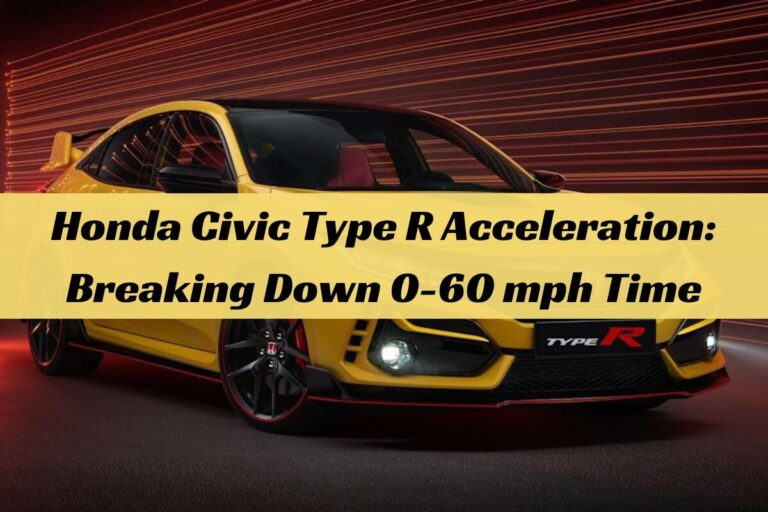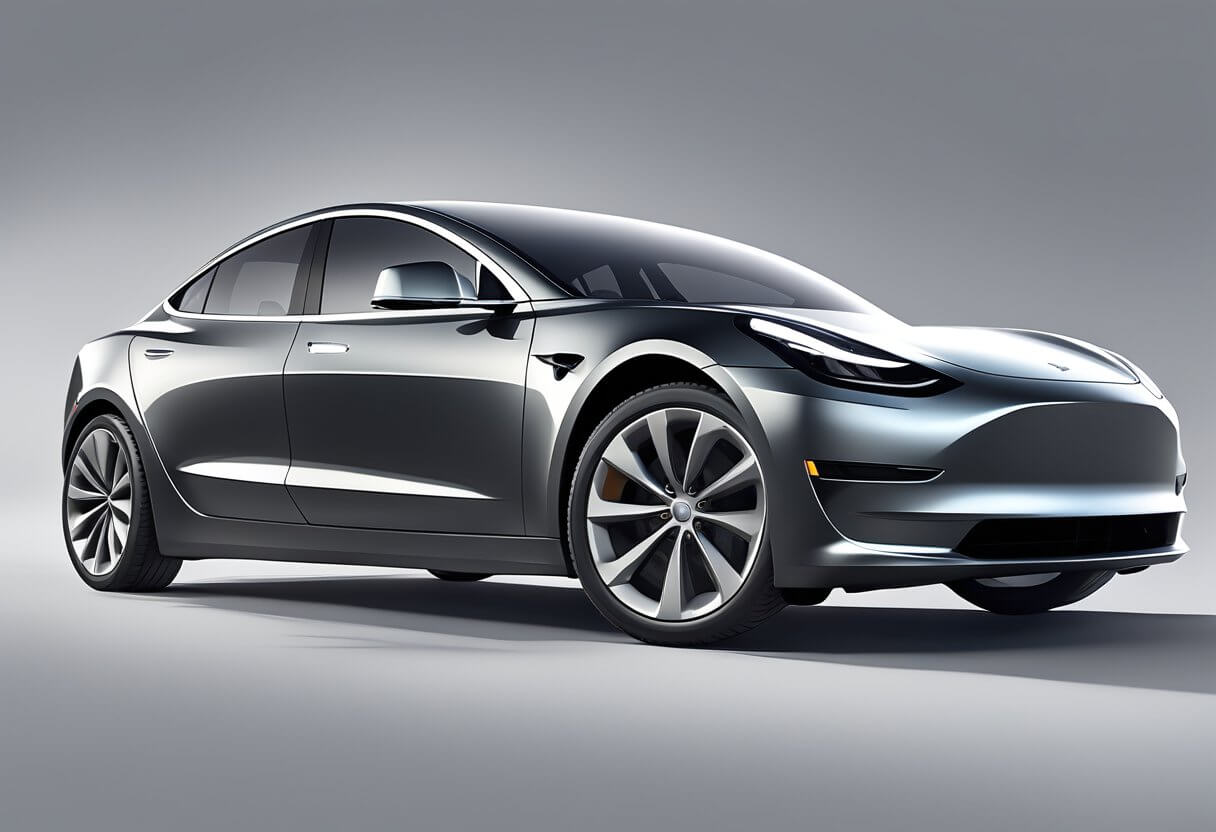
Electric vehicles have revolutionized the automotive industry with their instant torque and impressive acceleration capabilities. Of all the EVs on the market today, few generate as much excitement as the Tesla Model 3. With its dual motor configuration, the Model 3 is capable of sprinting from 0-60 mph in as little as 3.1 seconds. But how does Tesla manage to make their sedan accelerate as quickly as many high-performance sports cars?
The Model 3 owes its rapid acceleration to advanced motor technology, sophisticated software, and systems working together seamlessly. In this post, we’ll take a closer look at the permanent magnet motors, the “Ludicrous Mode” software, and other engineering feats that enable this EV to leave fellow commuters in the dust when the stoplight turns green. Understanding the technology underlying the Model 3’s remarkable performance can help appreciate why electric vehicles are dominating the future of the automotive industry.
Tesla Model 3 Overview

The Tesla Model 3 is an electric car that has been designed to offer a balance of performance, style, and comfort. It has a sleek design that is both aerodynamic and modern. The Model 3 is equipped with advanced features such as Autopilot, which allows the car to drive itself on highways, and a large touchscreen display for easy access to controls and information.
Design and Features
The Model 3 has a minimalist design that emphasizes functionality and elegance. It has a low profile and a sleek, aerodynamic shape that reduces drag and improves efficiency. The car is available in a variety of colors and finishes, including metallic, pearl, and matte. The interior is spacious and comfortable, with seating for up to five passengers. The car’s large touchscreen display provides access to a range of features, including music, navigation, and climate control.
Battery and Range
The Model 3 is powered by a lithium-ion battery that provides up to 341 miles of range on a single charge. The battery is located beneath the floor of the car, which lowers the center of gravity and improves handling. The car is equipped with regenerative braking, which recovers energy from braking and uses it to recharge the battery. The Model 3 can be charged at home using a standard wall outlet or at a public charging station using a Supercharger. Charging times vary depending on the type of charger used and the battery level.
In summary, the Tesla Model 3 is a stylish and efficient electric car that offers advanced features and a range of up to 341 miles. Its minimalist design emphasizes functionality and elegance, while its advanced battery and charging technology provide a convenient and eco-friendly driving experience.
Performance

Acceleration and Speed
The Tesla Model 3’s acceleration and speed have been a major selling point for the vehicle. With its electric motor, the Model 3 can go from 0 to 60 mph in as little as 3.1 seconds, making it one of the quickest cars on the market. This impressive acceleration is due to the Model 3’s instant torque delivery, which allows for quick and smooth acceleration.
In addition to its impressive acceleration, the Tesla Model 3 also boasts an impressive top speed. The Model 3 Performance model can reach a top speed of 162 mph, which is faster than most other electric vehicles on the market. This top speed is made possible by the Model 3’s aerodynamic design, which helps to reduce drag and increase efficiency.
Comparison with Other Models
When compared to other electric vehicles on the market, the Tesla Model 3’s acceleration and speed are unmatched. The Model 3’s closest competitor, the Chevrolet Bolt, can go from 0 to 60 mph in around 6.5 seconds, which is significantly slower than the Model 3. The Model 3’s acceleration and speed are also comparable to many high-performance gasoline-powered vehicles, such as the BMW M3 and the Audi RS5.
Engineering Behind 0-60
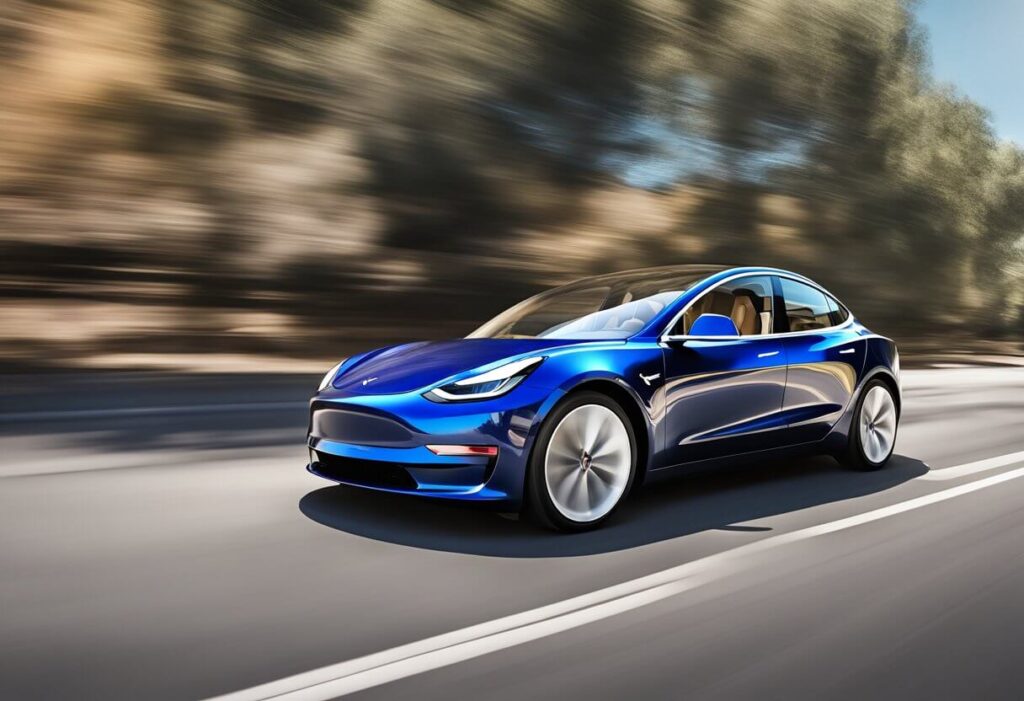
The Tesla Model 3 is known for its impressive acceleration, thanks to its advanced engineering. The following subsections will provide an overview of the motor technology and software and control systems that contribute to the Tesla Model 3’s quick 0-60 times.
Motor Technology
The Tesla Model 3 uses a permanent magnet motor, which is more efficient than an induction motor. The permanent magnet motor provides a higher power density, resulting in faster acceleration. It also allows for regenerative braking, which helps to recharge the battery while slowing down the car.
In addition, the Model 3’s motor is liquid-cooled, which helps to keep the motor at an optimal temperature for maximum performance. This cooling system helps to prevent the motor from overheating, which could cause damage to the motor and decrease its efficiency.
Software and Control Systems
The Model 3’s software and control systems play a crucial role in its quick acceleration. The car’s acceleration is controlled by the vehicle’s onboard computer, which uses data from the car’s sensors to adjust the motor’s power output.
The Model 3 also features a “Ludicrous Mode” option, which increases the car’s acceleration even further. This mode allows the car to reach 60 mph in just 2.5-2.8 seconds, making it one of the fastest production cars on the market.
The car’s software also includes features like torque sleep, which helps to reduce energy consumption when the car is idle. This feature allows the car to conserve energy when it’s not in use, which helps to extend the car’s range.
Real-World Testing

When it comes to evaluating the performance of the Tesla Model 3, real-world testing is crucial. This section will explore the track performance and owner experiences of the Model 3 in terms of its 0-60 acceleration.
Track Performance
According to MotorTrend’s testing, the 2024 Tesla Model 3 Highland has a 0-60 mph time of 5.6 seconds and a quarter-mile sprint of 14.1 seconds. While this may be slower than some of the previous Model 3 versions, it should still be more than adequate for most buyers.
Owner Experiences
Many Tesla Model 3 owners have shared their experiences with the car’s 0-60 acceleration. One owner reported achieving a 0-60 time of 4.4 seconds, which is faster than the official rating of 5.6 seconds. Another owner reported a 0-60 time of 5.3 seconds, which is in line with the official rating.
It is worth noting that real-world testing can vary depending on a variety of factors, such as road conditions, weather, and driving style. However, overall, the Tesla Model 3’s 0-60 acceleration has been reported as impressive by both professional testers and owners alike.
Enhancements and Modifications
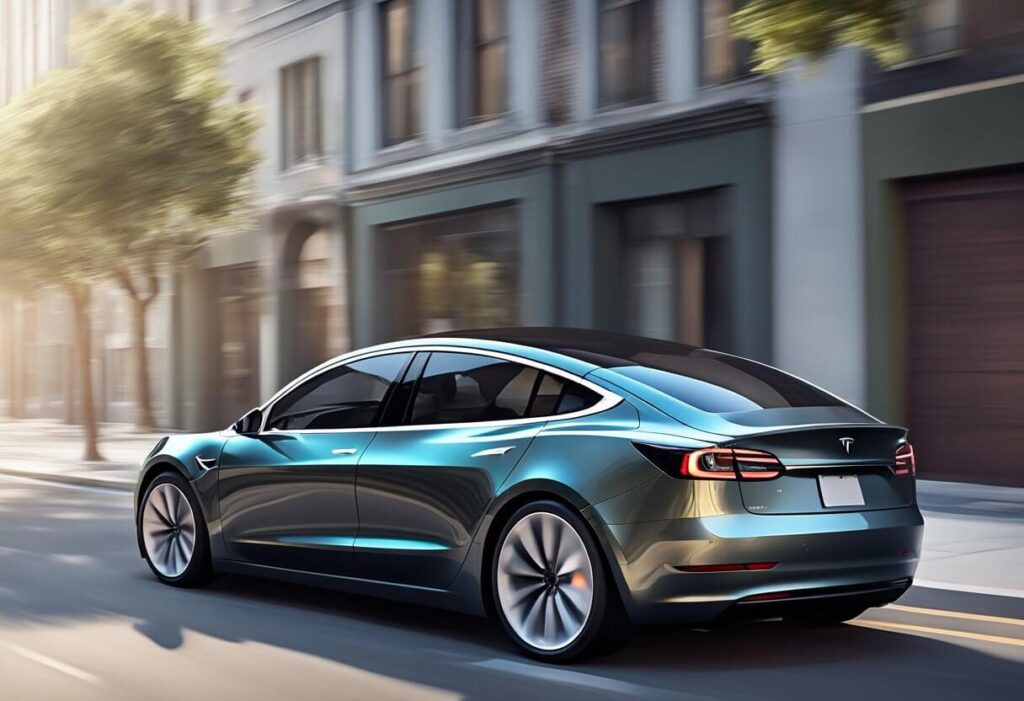
Aftermarket Upgrades
The Tesla Model 3 is a popular choice among EV enthusiasts, and many owners seek to enhance their vehicle’s performance. One popular aftermarket upgrade is the Ingenext Performance Boost, which claims to turn the Model 3 Long Range All-Wheel Drive into a Performance variant. This easy-to-install upgrade reportedly improves the car’s acceleration, top speed, and overall performance.
Another popular upgrade is the Acceleration Boost software update, which is available for dual-motor Model 3s. This update is priced at $2,000 and claims to improve the car’s 0-60 mph time by 0.5 seconds. With over-the-air updates, Tesla owners can easily upgrade their vehicle’s performance without having to visit a service center.
Software Updates
Tesla frequently releases software updates that improve the performance and functionality of its vehicles. One notable update that has improved the Model 3’s acceleration is the 2021.4.18.2 software update. This update reportedly improves the car’s acceleration and responsiveness, resulting in quicker 0-60 mph times.
In addition to performance improvements, Tesla software updates also add new features and functionality to the Model 3. For example, the 2021.12.25 software update added a new “Camp Mode” feature, which allows owners to use their vehicle as a temporary shelter while camping. Tesla owners can easily download and install software updates through the car’s infotainment system, making it easy to stay up-to-date with the latest features and improvements.
Safety and Regulations
Safety Features
The Tesla Model 3 is equipped with a range of safety features that have helped it earn high safety ratings from various organizations. Some of the notable safety features include:
- Eight airbags, including knee airbags for the driver and front passenger
- Electronic stability control
- Anti-lock braking system
- Traction control
- Automatic emergency braking
- Forward collision warning
- Lane departure warning
- Rearview camera
These features work together to provide a safe driving experience for the occupants of the car. The Model 3’s automatic emergency braking system, for example, can detect potential collisions and apply the brakes to prevent or mitigate the impact.
Regulatory Compliance
The Tesla Model 3 has been designed to comply with various safety and regulatory standards. Some of the notable standards that the Model 3 complies with include:
- National Highway Traffic Safety Administration (NHTSA) safety standards
- European New Car Assessment Programme (Euro NCAP) safety standards
- Federal Motor Vehicle Safety Standards (FMVSS)
- California Zero Emission Vehicle (ZEV) regulations
The Model 3 has received high safety ratings from various organizations, including a 5-star safety rating from the NHTSA and a 5-star safety rating from Euro NCAP. These ratings are a testament to the car’s safety features and regulatory compliance.
Consumer Information
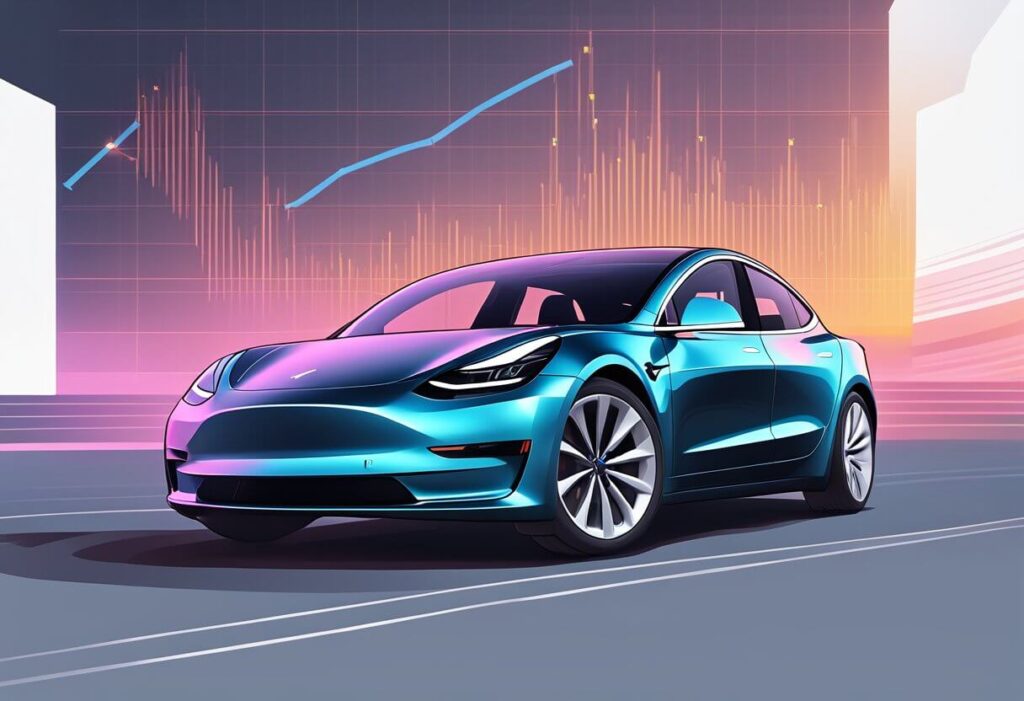
Buying Guides
When it comes to buying a Tesla Model 3, there are a few things that potential buyers should keep in mind. First, it’s important to note that the Model 3 is available in several different configurations, each with its own set of features and options. Buyers should carefully consider their needs and preferences to determine which configuration is right for them.
Second, it’s worth noting that Tesla sells the Model 3 directly to consumers, rather than through traditional dealerships. This can be both a positive and a negative, depending on the buyer’s perspective. On the one hand, it means that buyers can configure and purchase their car entirely online, without having to deal with salespeople or haggle over prices. On the other hand, it also means that buyers may not have access to the same level of customer support that they would get from a traditional dealership.
Finally, it’s important to consider the overall cost of ownership when buying a Tesla Model 3. While the car itself may be more expensive than some other options on the market, it’s worth noting that the Model 3 is an electric car, which can result in significant savings over time. Not only are electric cars generally cheaper to maintain and repair than traditional gas-powered cars, but they’re also much cheaper to fuel.
Cost of Ownership
As mentioned above, the cost of ownership for a Tesla Model 3 can be significantly lower than that of a traditional gas-powered car. This is due in large part to the fact that electric cars are much cheaper to fuel than gas-powered cars. In addition, electric cars are generally cheaper to maintain and repair, since they have fewer moving parts and require less frequent maintenance.
That being said, it’s worth noting that the initial purchase price of a Tesla Model 3 can be higher than some other options on the market. However, this cost can be offset over time by the savings in fuel and maintenance costs. In addition, Tesla offers a number of incentives and tax credits to help offset the cost of purchasing an electric car.
Overall, the Tesla Model 3 is a great option for anyone looking for a high-performance, eco-friendly car. While the initial cost may be higher than some other options on the market, the long-term savings in fuel and maintenance costs make it a smart investment for anyone looking to save money over time.
